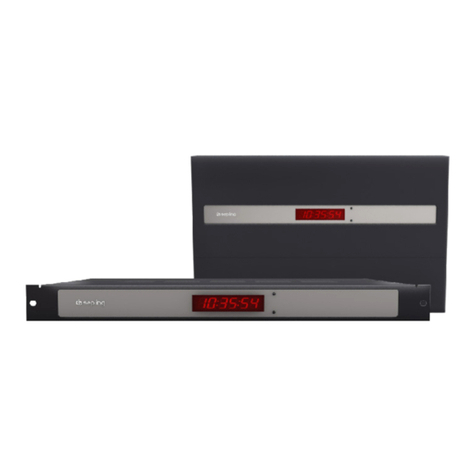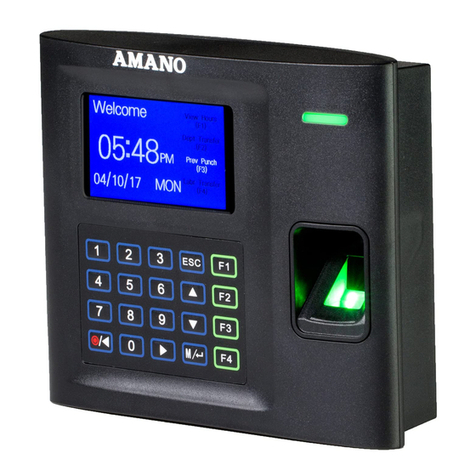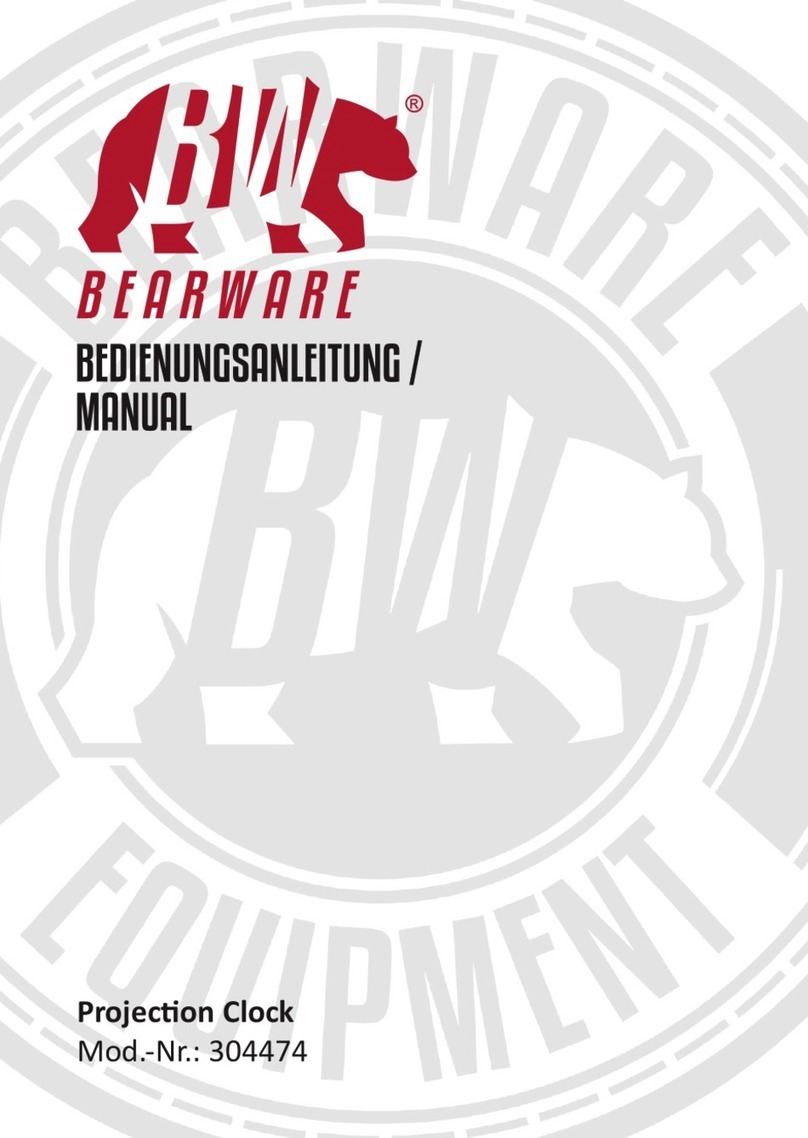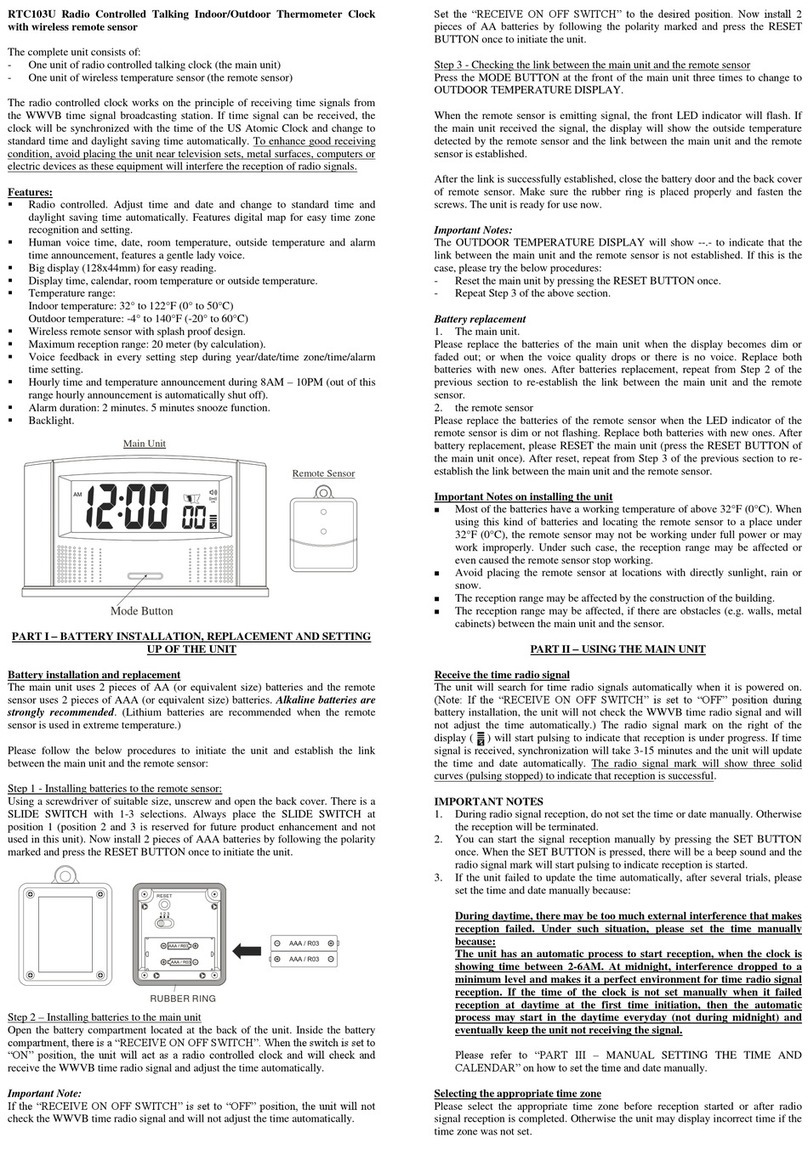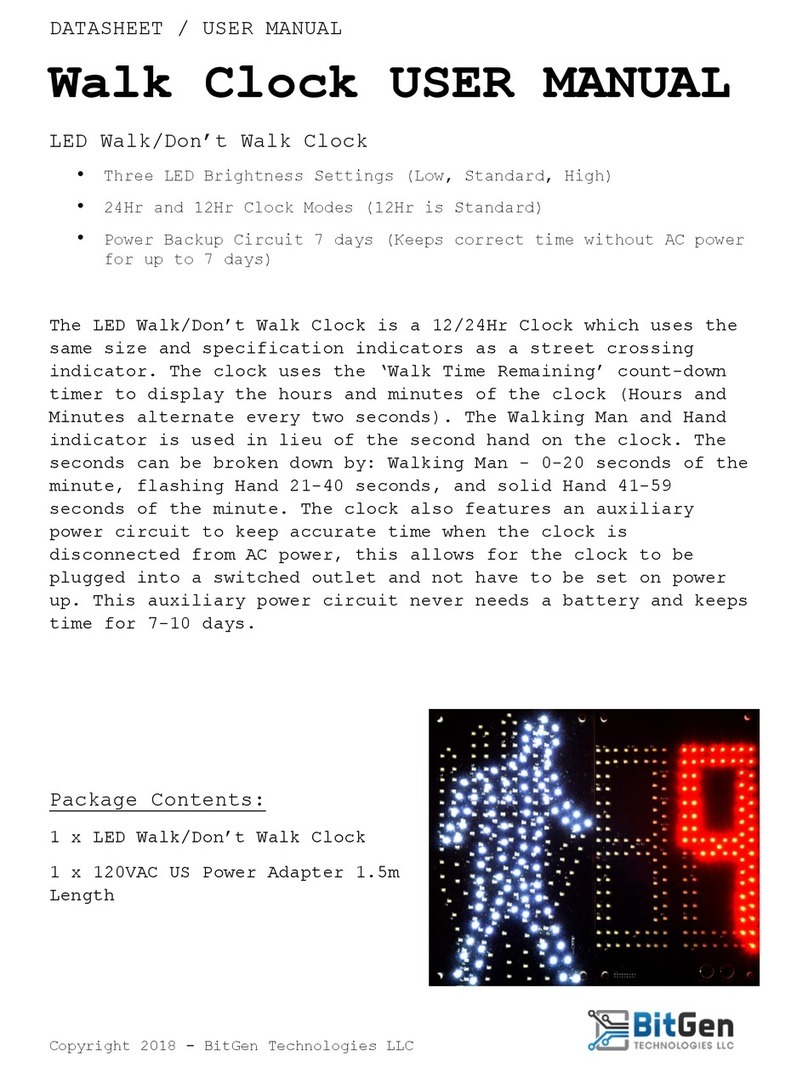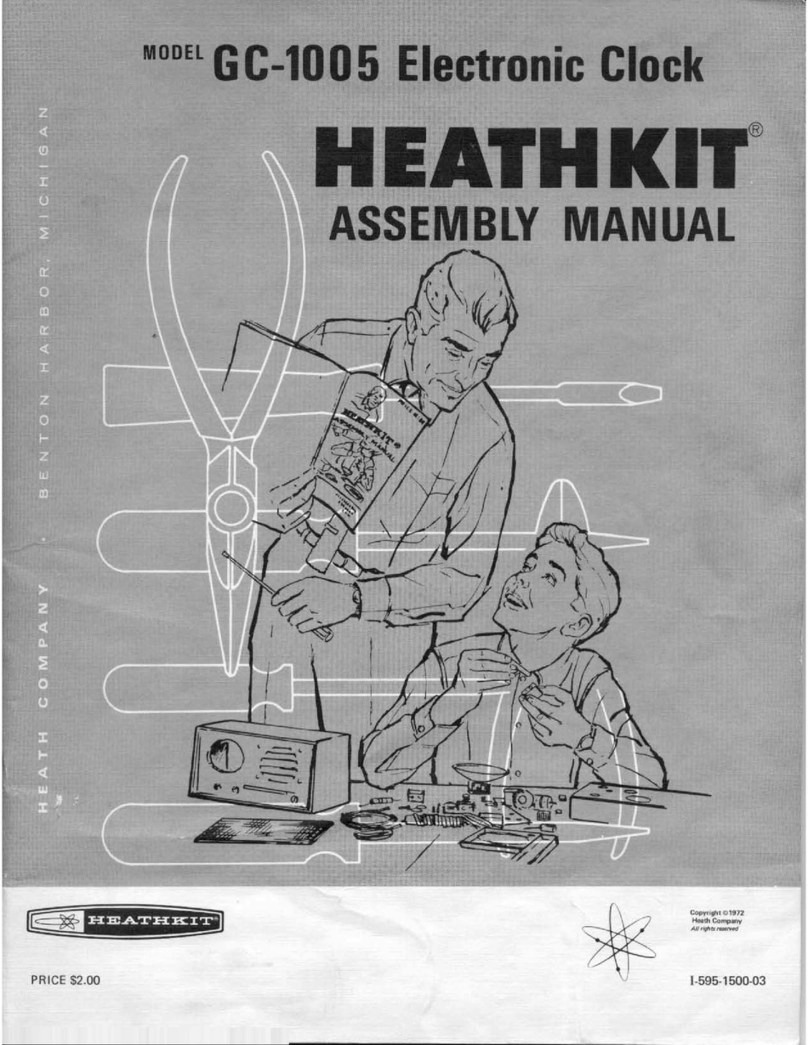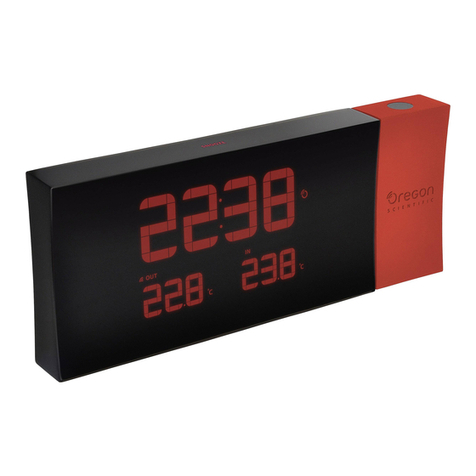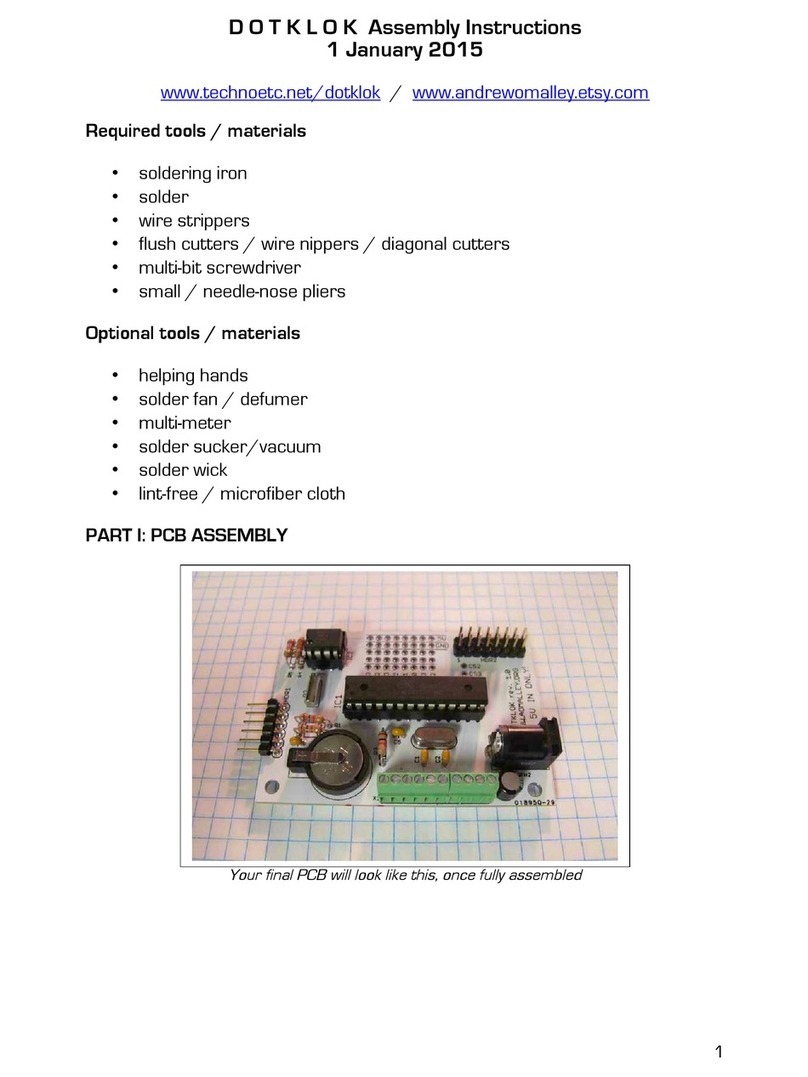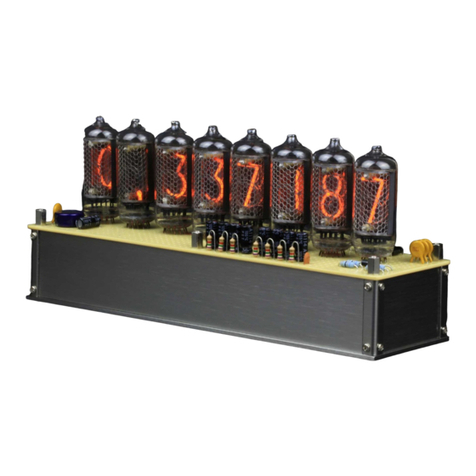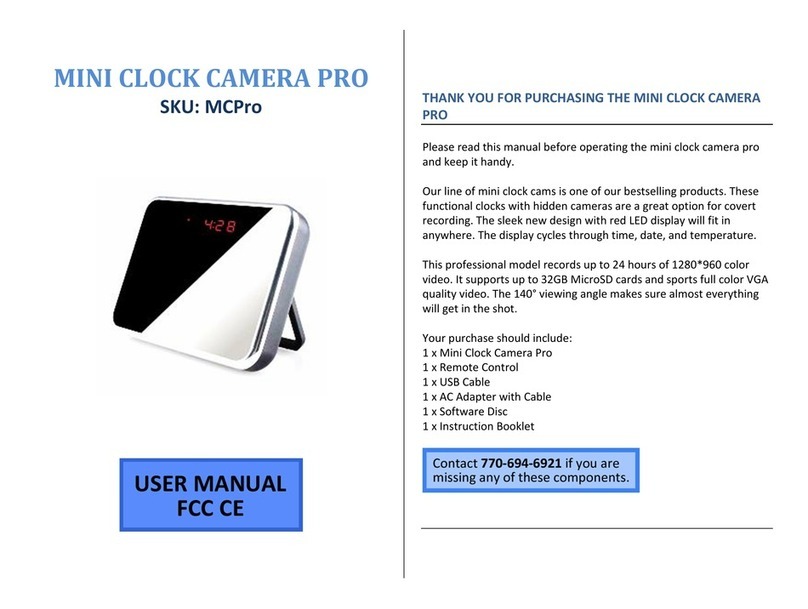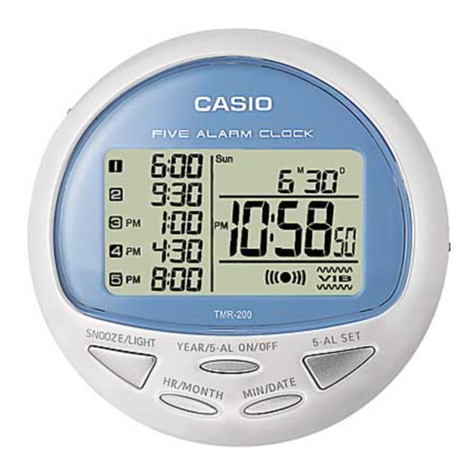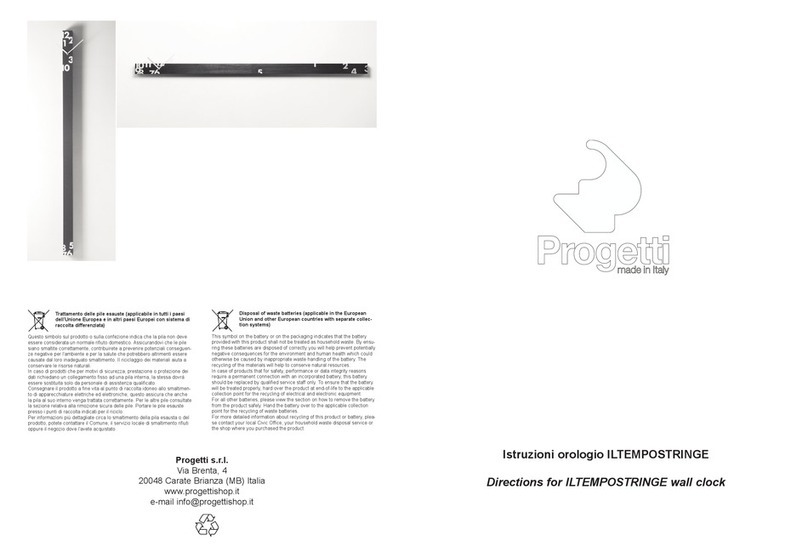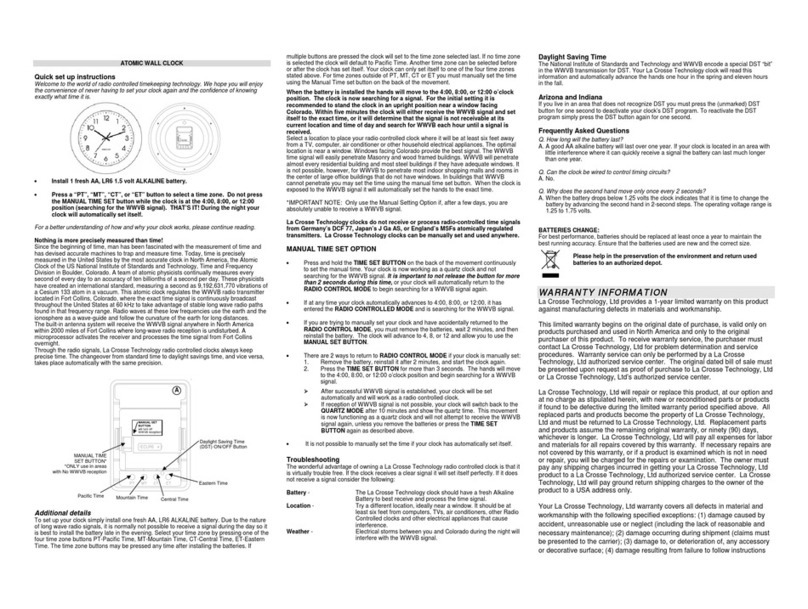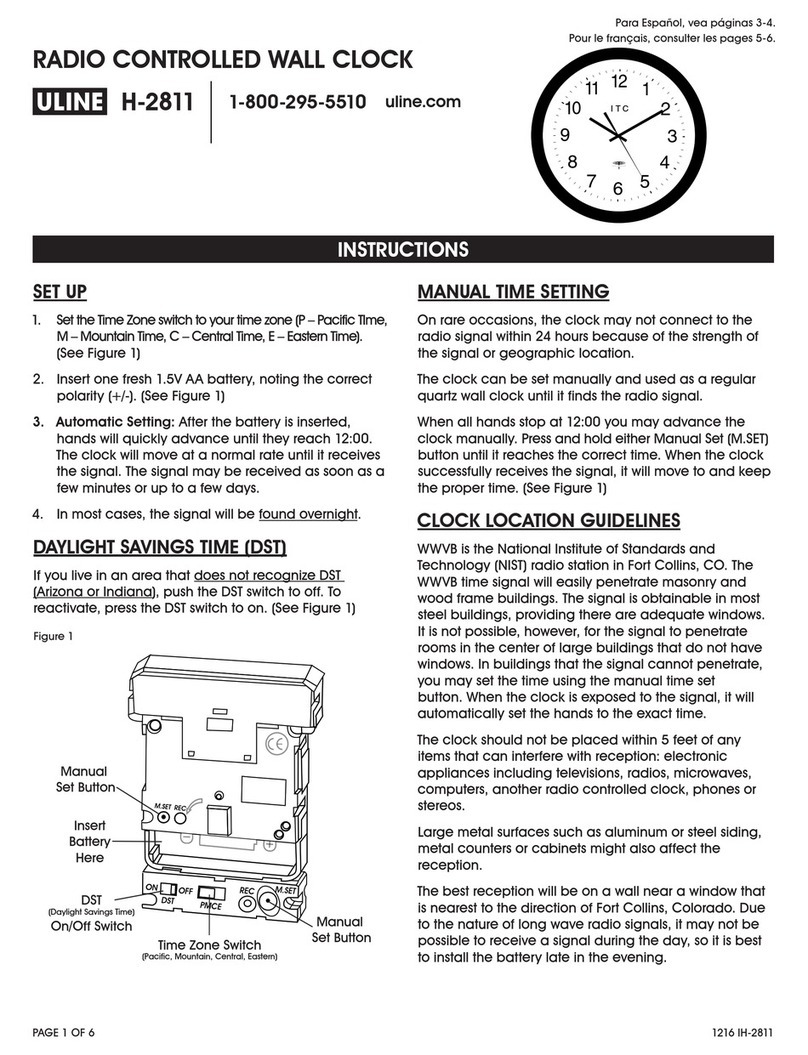one device to another. The Zeeman frequency is set at the factory and should be
39949.0.
The
C
field current should be between
12.0
and
12.2
milliamps
and
remain fairly constant. Again, the exact
value
will differ between standards.
The
electron multiplier voltage is another very important parameter
to
watch.
There
is
a
limit at
2553
volts.
USNO
does have
a
standard performing quite well
below the
lo00
volt specificationfound in the
5071A
owner's manual. (Its startup
voltage was about
440
volts,) Typically, our standards have
a
startup
voltage
between 1150
and
1500.
The voltage will decrease slightly and then begin
to
rise
slowly during the first two years
of
operation. The total change will usually range
from 150to
200
volts. The voltage should continue to increase slowly after this
initial startup
period.
The absolute value is characteristic
of
the
device.
The
standard should
be
performing well if the value is changing slowly and
CONSISTENTLY
during the entire life time of the
CBT.
The signal gain should
be
constant at
14.4
percent
as
long
as
the standard is below
its
maximum electron multiplier
voltage.
When the electron multiplier voltage
reaches its
limit,
the
signal
gain
will increase to keep
the
overall
gain
constant.
The cesium-beam oven voltage depends on ambient temperature. The
USNO
standards
values are consistent between
7.5
and
8.0
volts. Actual values differ
between
devices.
The
cesium-beam
tube
error
must
be
small
(+I-
0.1
volts)
for
the
standard to
be.
operating properly.
The oscillator oven voltage typically has a value
of
-8.7
to
-8.8
volts during
normal
operation. It should change by
no
more than
0.1
volts throughout the
life
of
the
device.
The ion
pump
current should have
a
low startup value (typically
near
0.0)
and
remain
constant.
Some
devices, however,
are
working quite well with constant
values
of
10,20, or higher.
(USNO
has
one device working well with
an
ion
pump
current of
36.0
microamps.) This value is another one
of
those "personality"
characteristics
of
each device. A high current value
can
indicate
a
vacuum
or
electrical leak, that the
tube
has been
off
for
a
long
period,
or
that the
tube
is
contaminated.
A
current greater than
50
microamps
will cause shutdown.
The hot wire ionizer voltage references the voltage across the ionizer ribbon.
A
value of
1.0
is
ideal and it should
be
between
0.9
and
1.1
volts.
The
mass
spectrometer value will
range
from
10.0
to 14.0 volts. It should remain
the same value during normal performance due to environmental changes.
52
